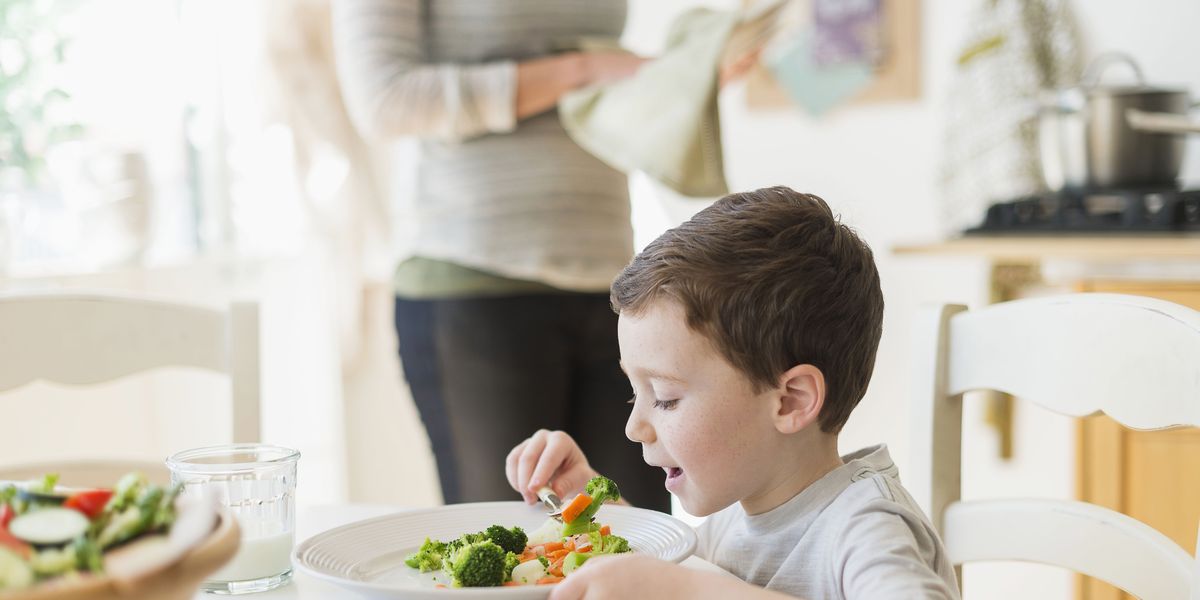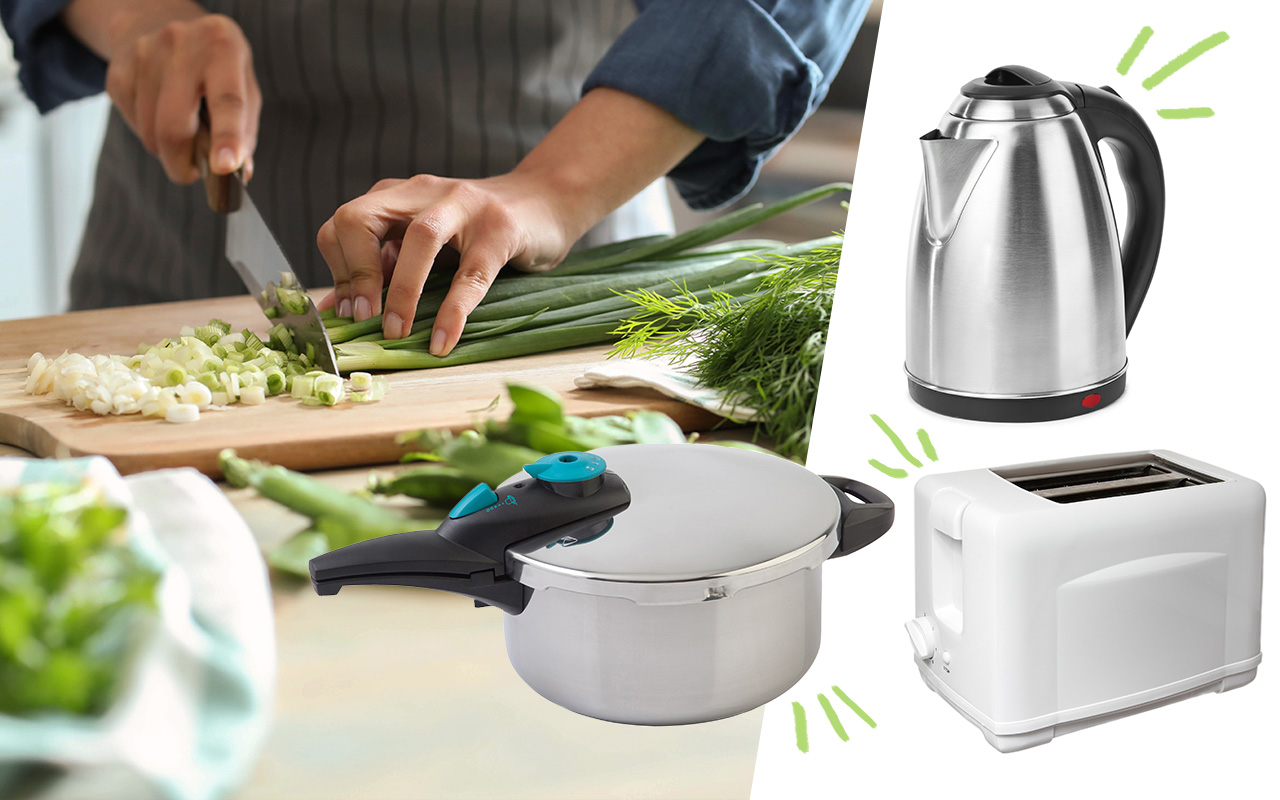
Save energy and money when cooking and in the kitchen
We cause around 15 percent of CO2 emissions per capita in Germany with our diet alone. We often unknowingly waste a lot of energy – and money, for example through the way we prepare our food. So here are the 14 best tips to save energy and money when cooking!
1. Kettle instead of stove
If you just need a little warm water quickly: With an economical kettle you can save half the electricity consumption compared to an electric stove. If you have a gas or induction stove, you have the choice: the kettle and the stove are similarly efficient.
This is how you find the right kettle: Plastic-free kettle: 5 popular products
2. Each pot has its own lid
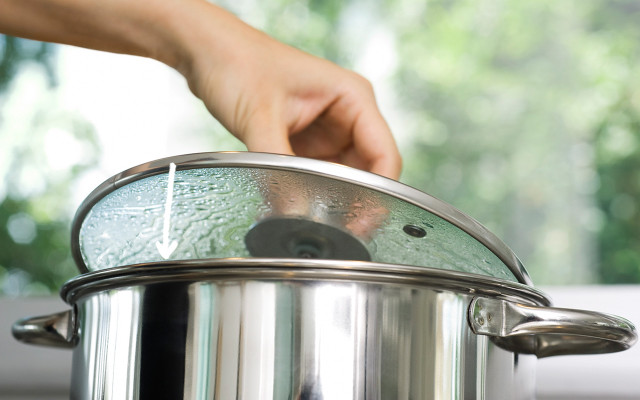
From now on, cooking with a lid should be a given: if you cook with a lid, you need 50 percent less energy. You save 120 kilograms of CO2 per year and household.
Also read: Meal Prep – save money and time by cooking in advance
3. Pressure cooker: Like grandma's
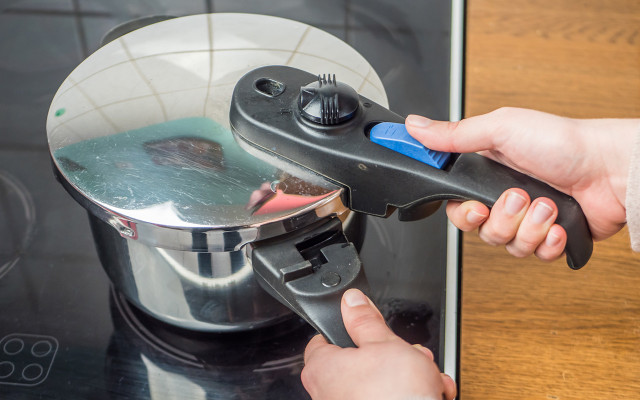
If you have a pressure cooker at home, you should use it too. Compared to cooking in standard pots and pans, you can save around 50 percent of energy when cooking.
For further reading: Pressure cooker cooking times: How to cook in an energy-saving way
4. Place the refrigerator correctly
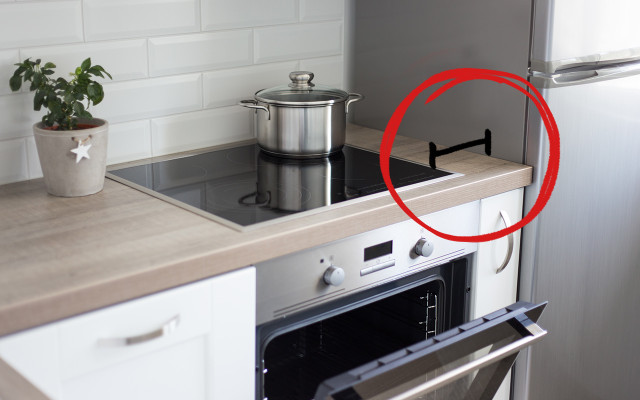
Do not place the refrigerator next to appliances that give off heat, such as the stove or dishwasher. Because here the refrigerator needs around 30 percent more electricity to cool down. Direct sunlight on the cooling device is also bad.
Also read: Buying advice for energy-efficient refrigerators and freezers.
5. Do not let the refrigerator get too cold
Far too often the refrigerator is set too cold – especially when summer ends. If you think that levels 3 or 4 are the perfect middle ground, you are wrong. Because actually In most cases, level 1 or 2 is sufficient. Corresponding about seven degrees in the middle of the fridge. A rule of thumb: If the butter is not spreadable, the temperature is too low.
You can find more detailed information in our article on the optimal refrigerator temperature.
6. Rolls – like fresh from the bakery
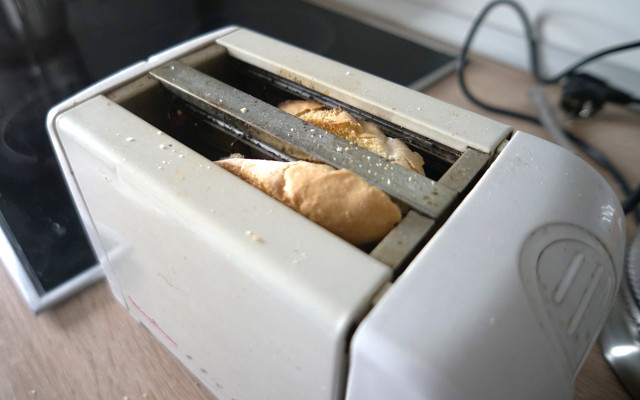
Quickly bake the rolls from the day before in the morning: a good idea for a delicious breakfast. You can save energy if you bake the rolls on the toaster's baking attachment instead of heating up the oven. Savings: Up to 50 percent less energy.
7. Cook more sustainably and save energy with green electricity
Important: Many tips save electricity – but we continue to use it. But electricity is also better – switching to green electricity can also save CO2.
8. Don't necessarily preheat the oven
Even if it says it in many recipes and on packages of frozen meals: This Preheating the oven is necessary in many cases (for example casseroles, cakes, roasts and frozen goods) not necessary. If you don't preheat your oven, you can save up to 20 percent energy – but you shouldn't rely on the time given in recipes and instructions because ovens take different amounts of time to reach a certain temperature. You just have to check more often to see if the food is ready.
However, there are exceptions: sensitive doughs such as Sponge cake, choux pastry or soufflé require a preheated oven.
9. Save energy when cooking: turn off the oven earlier
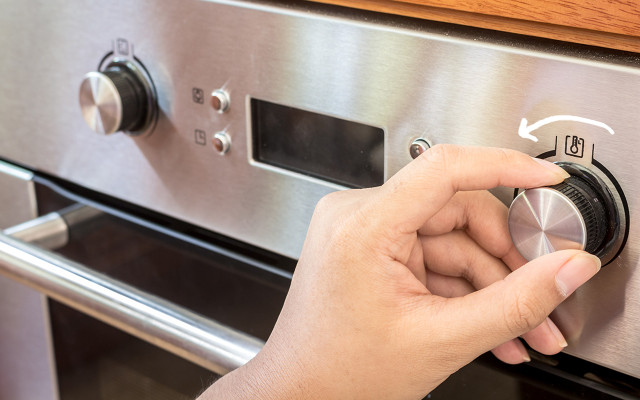
With two tips you can save a lot of energy when using the oven: If you forego preheating, you save up to 20 percent of energy. And the residual heat should also be used. To do this, simply turn the oven off or turn it back a few minutes before the end of the baking time, which also saves energy.
There are even more things you can do wrong in the kitchen: The 9 biggest mistakes in the kitchen
10. Optimal pot size & matching stovetop to save energy when cooking
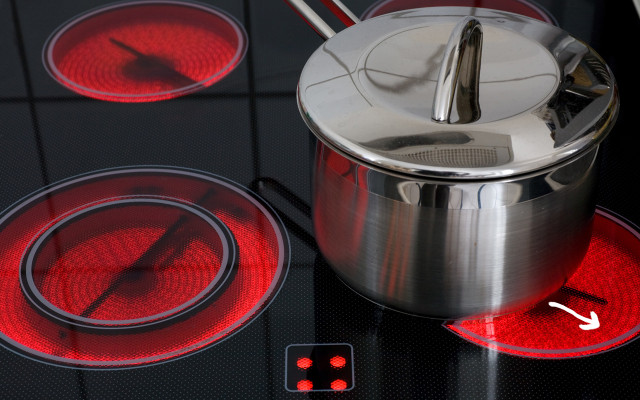
If possible, the pot should be the same size as the stovetop. For example, if you use a pot that is three centimeters too small, you will waste up to a third of the energy generated.
11. Save water when washing dishes
A study by the University of Bonn compared washing by hand with washing using a dishwasher and came to the conclusion that It is cheaper to use the dishwasher, than doing the work by hand. If the dishes are placed correctly (i.e. in a space-saving manner) in the dishwasher, the use of the machine saves on average 50 percent water and 28 percent energy a.
12. Get rid of ice and lime!
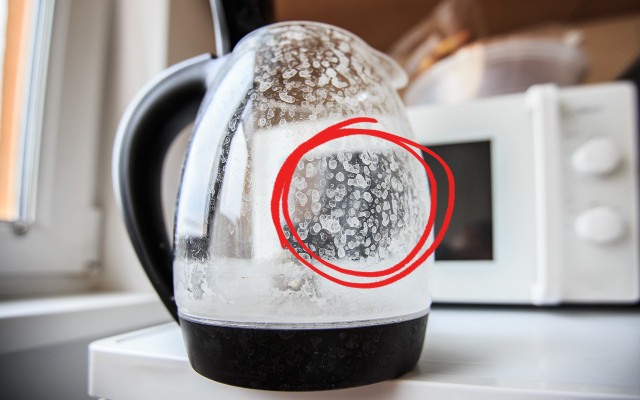
You can also save energy like this: remove it regularly Ice cream in the fridge. If you make sure that the ice layer is not more than six millimeters thick, you will have saved a lot of energy. Read about it: Defrost the freezer.
This also applies to him Limescale in the kettle. A calcified kettle uses up a lot of unnecessary energy – but descaling is so easy! Living without limescale is around 30 percent more energy efficient, advises Florian Henle from the green electricity provider Polarstern. Read about it: Descale kettles with home remedies.
13. Micro instead of macro
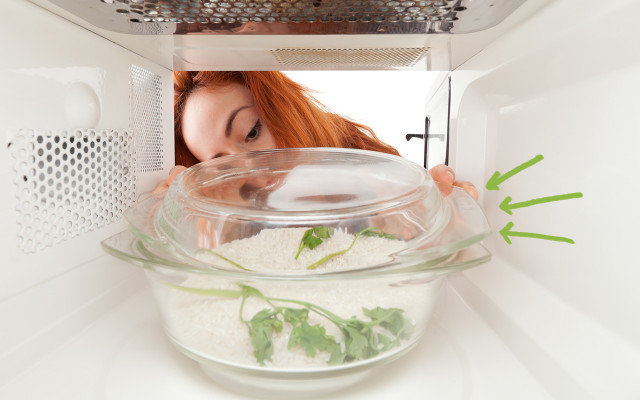
If you just want to quickly reheat the leftovers from the day before, the most energy-efficient way to do this is in the microwave – if you have one. You can shorten the warm-up time by covering the food with a lid.
Important to know: If you don't have a microwave, it's better not to get one, because microwaves require a lot of resources to produce and cause a lot of electronic waste when disposed of. You can find more information here.
14. Power guzzler freezer
Chest freezers are among the real power guzzlers in the home. If you still don't want to do without your device, you can find tips for sustainable refrigerators and freezers here.
15. More organic is more sustainable
When choosing the Groceries applies: better organic. Organically grown foods are more sustainable and generally cause fewer emissions. Regional, seasonal products that are processed as little as possible are an important factor in climate-friendly consumption.
If you then do your shopping on foot or by bike, you can enjoy your meal with a clear conscience.
16. Less meat is possible
When it comes to the question of what should end up on the plate in order to have as little impact on the environment as possible, the tip is clearly: conscious and reduced meat consumption.
Just as a quick reference: If you avoid meat completely, you save 400 kilograms of CO2 per year. Read too 10 simple tips for eating less animal products
17. Have devices save for you
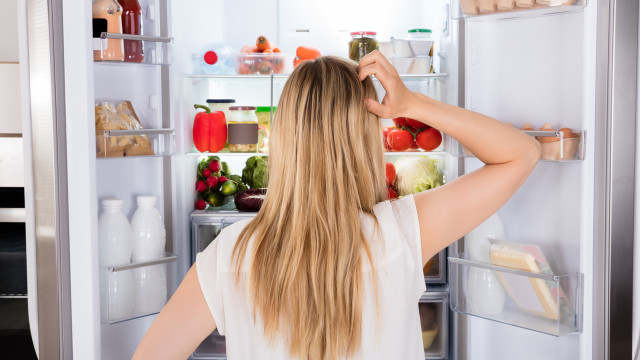
Also the Switch to energy efficient appliances helps save CO2. But: Only buy if the old device is really broken and unusable!
Make sure that devices do not work in energy-consuming standby mode.
** marked with ** or orange underlined Links to sources of supply are partly partner links: If you buy here, you are actively supporting Utopia.de, because we then receive a small part of the sales proceeds. More info.
Do you like this post?
Thank you for your vote!
Related topics: Energy Saving energy Cooking Kitchen Green energy weeks Saving electricity

Russell age 28 years Studying in world cooking I have a degree in England
Studying in world cooking I have a degree in England

